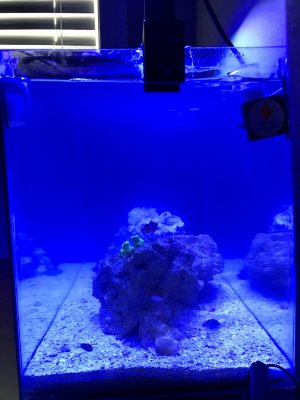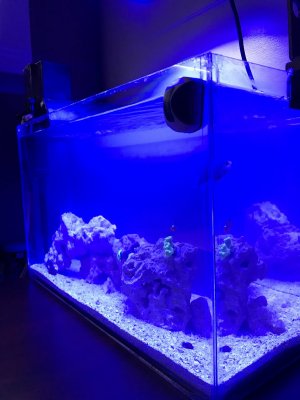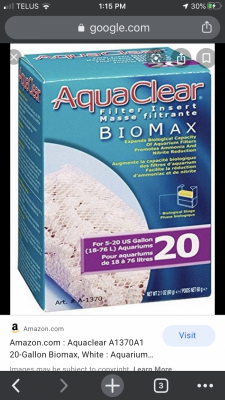- Joined
- May 21, 2019
- Messages
- 79
- Reaction score
- 21
Hey guys I have a ten gallon reef tank that’s been up for about 4 months. The water will no be clear ever since I started this aquarium I’ve noticed the water is slightly foggy. I do weekly water changes and in the filter I am running carbon, filter floss and have some bio pellets. I also dosed some seachem stability at the behinning But haven’t been adding any for A few weeks. A first I thought it was a bacteria bloom but shouldn’t of it gone away by now? I have a blue chromis and clownfish in the tank rught now. When I do a water change I noticed the water is slightly yellowish in the white bucket. Any ideas on how I can fix this?





















